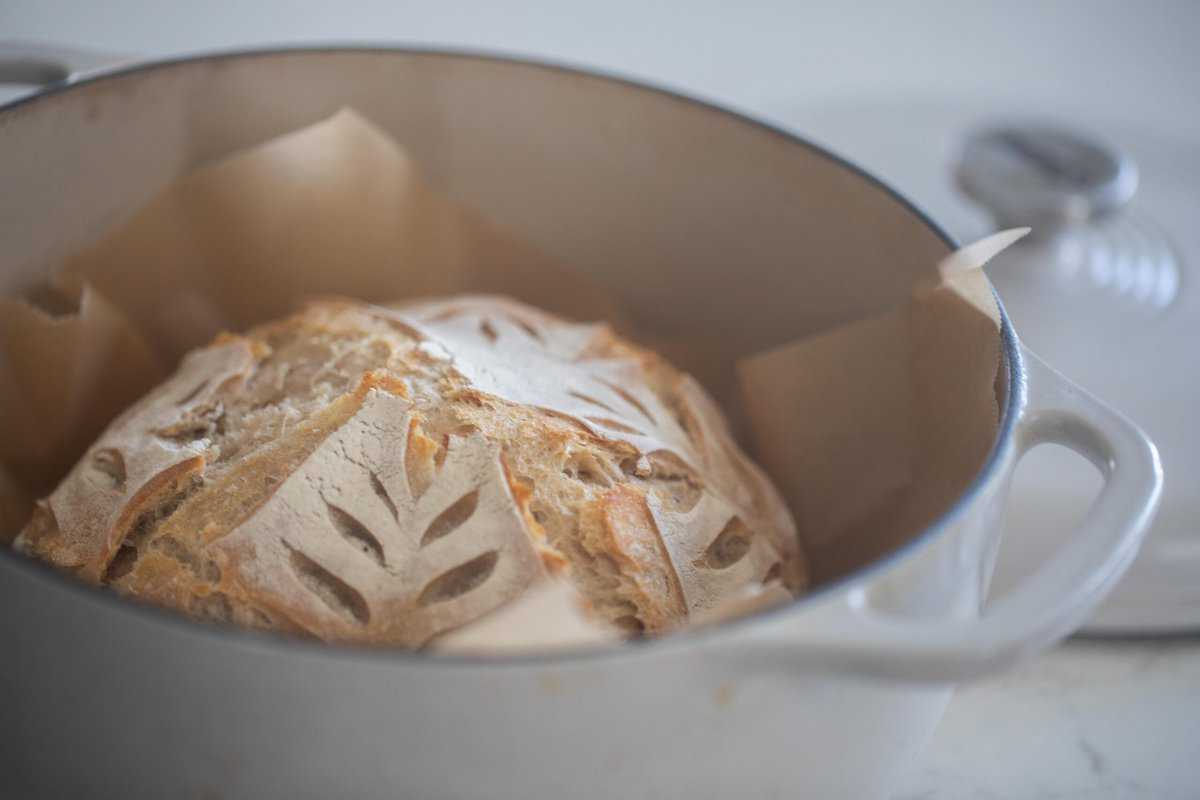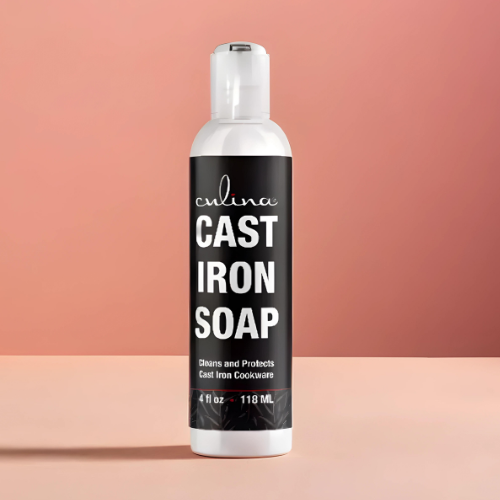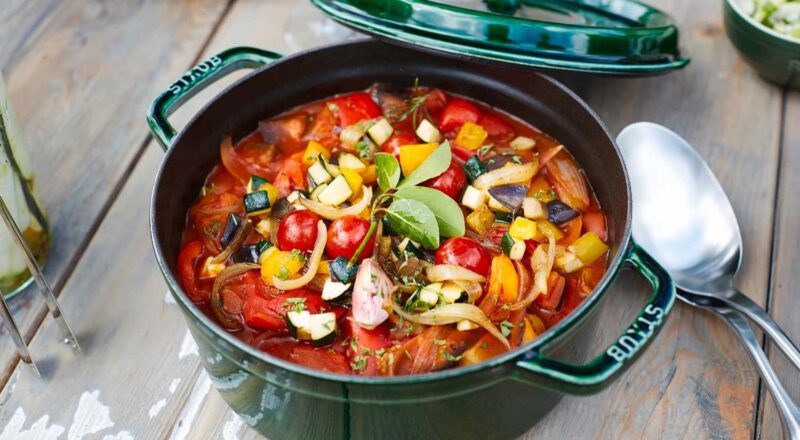
Introduction
Are you curious about what is a Dutch oven pan? If you have ever stepped foot into the world of professional kitchens or just love to cook at home, you might have come across this unusual yet useful pot. In this article, we’ll dive deep into the Dutch oven, examining its features, uses, and why it’s an essential tool for any cook.

What is a Dutch Oven Pan?
A Dutch oven is a heavy-duty cooking pot that is usually made of cast iron and comes with a tight-fitting lid. This pot can be used for a variety of cooking techniques, such as braising, baking, frying, and stewing. The versatility and durability of Dutch ovens make them a staple in kitchens around the globe.
History of the Dutch Oven
The Dutch oven has a rich history that dates back to the 17th century. It originated in the Netherlands, where the process of casting metal cookware was perfected. The pot was so effective that its design quickly spread around the world and went through various adaptations.
Materials Used
Most traditional Dutch ovens are made from cast iron, which is known for its excellent heat retention and even heating. Some modern versions come with an enamel coating, making them easier to clean and maintain.

Why is a Dutch Oven Important in the Kitchen?
The Dutch oven is an incredibly versatile cooking tool, capable of performing a wide variety of cooking tasks. Here are some reasons why every kitchen should have one:
Versatility
You can use a Dutch oven for boiling, baking, browning, and braising. Its suitable for virtually any cooking technique, making it an all-in-one kitchen tool.
Durability
Because a Dutch oven is usually made from cast iron, its built to last. This pot can withstand high temperatures and is less likely to chip or crack compared to other types of cookware.
Heat Retention
The cast iron material offers excellent heat retention, ensuring that your food cooks evenly. This is particularly important for recipes that require consistent temperatures.
Common Uses of Dutch Ovens
One of the best things about Dutch ovens is their incredible versatility. Below are some of the most common uses:
Baking Bread
Baking bread in a Dutch oven is extremely popular. The pot traps steam inside, helping the bread to rise and develop a crust that is perfectly crispy.
Braising Meats
The Dutch oven is ideal for braising meats. It allows the meat to cook slowly and evenly, which results in a tender and flavorful dish. Find out more.
Cooking Stews and Soups
Because of its excellent heat retention and capacity, the Dutch oven is perfect for cooking stews and soups. It allows all the flavors to meld together beautifully over a long cooking period.
Frying
In addition to being great for slow-cooked dishes, Dutch ovens are also excellent for frying foods. The thick walls heat oil uniformly, making it ideal for deep-frying.
Making Casseroles
You can also use your Dutch oven to make hearty casseroles. The pot goes from the stovetop to the oven seamlessly, making it perfect for recipes that require a combination of cooking methods.
How to Maintain Your Dutch Oven
Caring for your Dutch oven is straightforward if you follow a few key steps:
Seasoning
If you have a cast iron Dutch oven without an enamel coating, its important to season it. This involves coating the inside with oil and heating it to create a non-stick layer.
Cleaning
After each use, clean your Dutch oven properly. Avoid using harsh detergents as they can strip away the seasoning. Instead, use warm water and a brush. Learn more.
Storage
Make sure your Dutch oven is completely dry before storing it. You can also place a paper towel between the lid and the pot to allow airflow, preventing moisture buildup.
For more tips on maintaining your Dutch oven, check out the comprehensive guide.
Choosing the Right Dutch Oven for You
When selecting a Dutch oven, consider the following factors:
Size
Dutch ovens come in various sizes, generally ranging from 2 to 13 quarts. Consider what youll be using it for and select a size that matches your cooking needs.
Material
Decide between a standard cast iron Dutch oven or one with an enamel coating. Traditional cast iron offers excellent heat retention, while enamel coating makes cleaning easier.
Shape
While most Dutch ovens are round, some are oval. The shape you choose should depend on what you plan to cook.
FAQs about Dutch Ovens
What is the best way to clean a Dutch oven?
It is best to use warm water and a brush. Avoid harsh detergents as they can strip away the seasoning.
Can I use a Dutch oven on any stovetop?
Yes, Dutch ovens are versatile and can be used on gas, electric, and induction stovetops.
Is it necessary to season an enamel-coated Dutch oven?
No, enamel-coated Dutch ovens do not require seasoning like traditional cast iron ones.
As an Amazon Associate, I earn from qualifying purchases.

